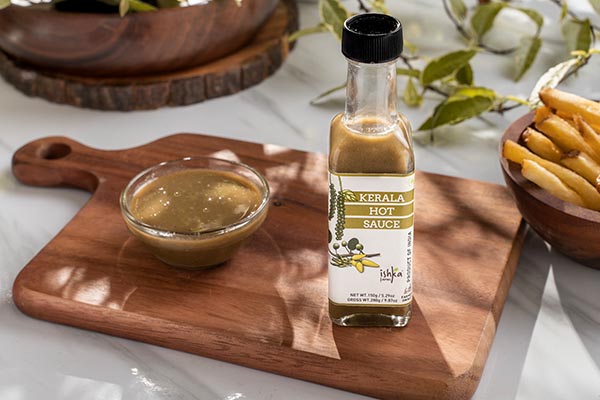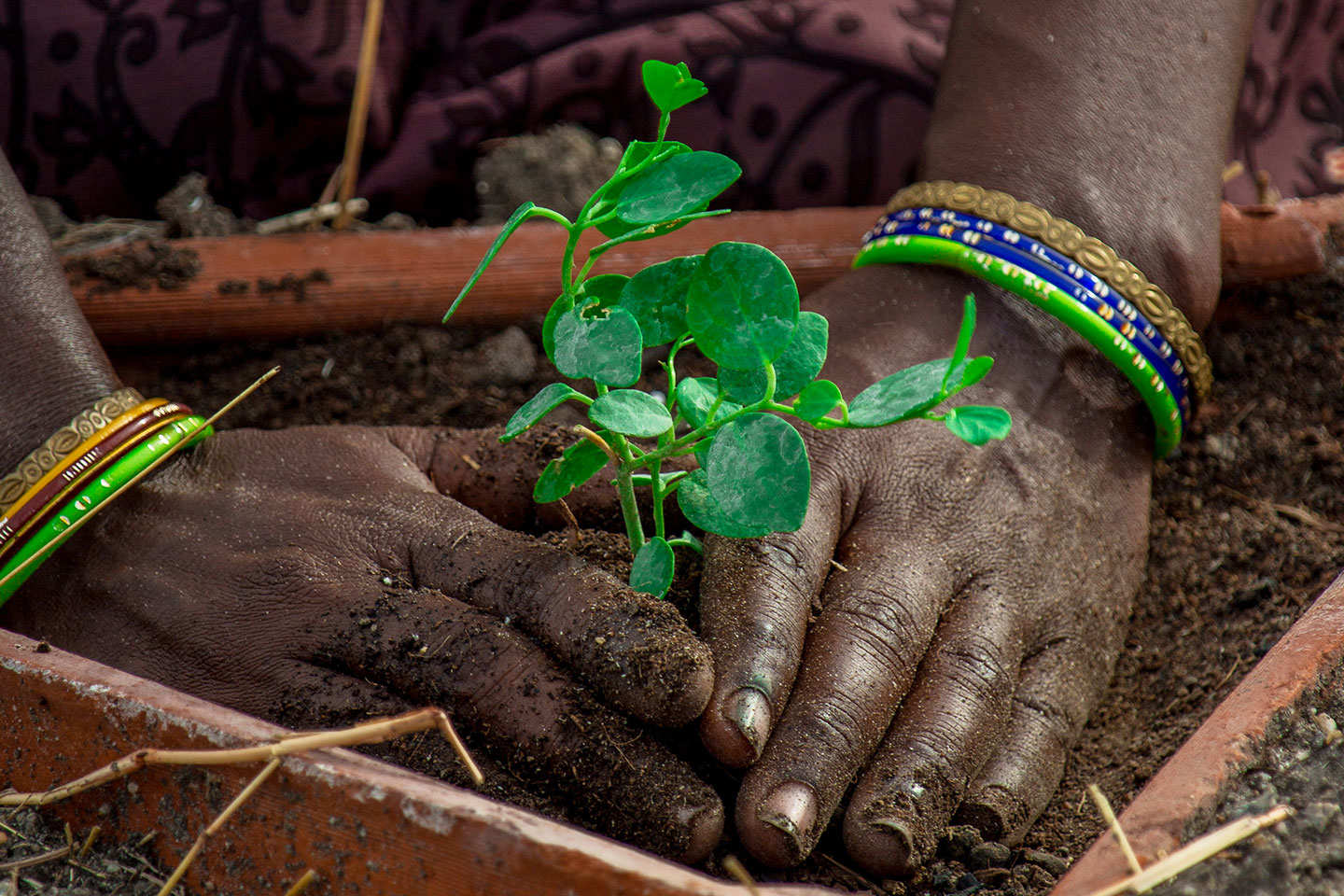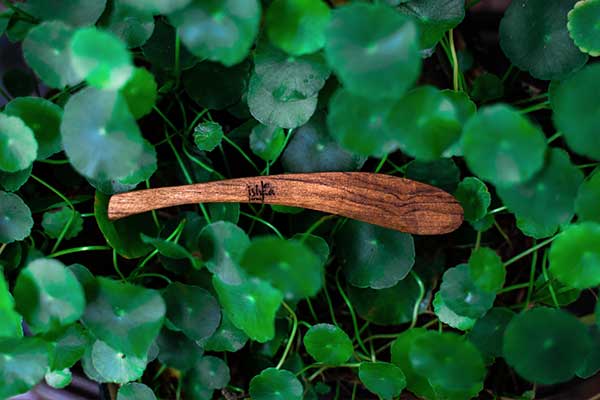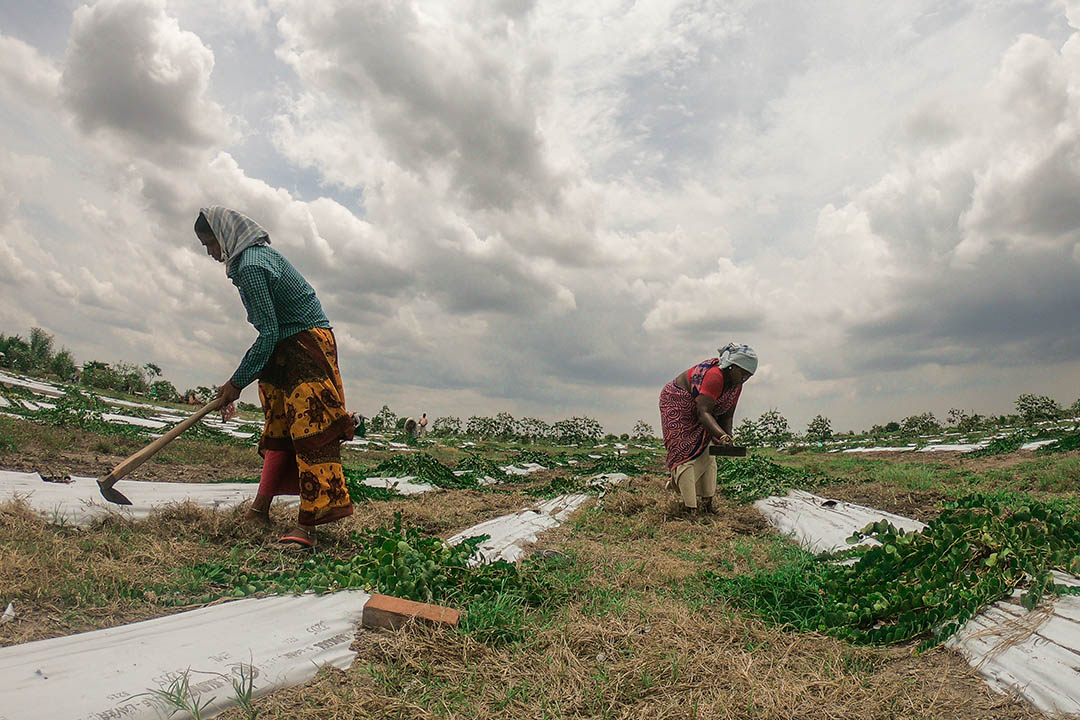Author: Fiona Arakal
The Kerala Hot Sauce
The focus while developing the Kerala Hot Sauce was not to play up on the extreme heat potential of the chillies we could choose from. Our focal point was to highlight and showcase the flavour complexity of the Ishka Farms Capers, balancing the heat and floral notes of the chillies with the tanginess of our signature Capers.
As with all the condiments in the Ishka Farms range, the Kerala Hot sauce is versatile and takes up multiple roles depending on how you like it. Drip, drizzle, dip, or dunk! Use it as a marinade or add heat to any sauce, dip or salad dressing.
We aimed for a well-rounded experience that, while championing the capers, also ticked off all the expectations one would have from a hot sauce. While our sauce scores only a 2546 SHU on the Scoville scale, the potent combination of the green peppercorns and two varieties of birds eye chilly will make the Kerala Hot Sauce your go-to everyday hot sauce.
Staying organic
In a bid to progress and prosper, humankind has adopted best-suited methods to achieve that goal in that particular time and place. Unfortunately, the significance and impact of such endeavours in the larger arc of time have either been ignored or just been unavailable.
This awareness prompts us to stay the course of organic management of the land and its resources, despite the myriad temptations to be otherwise. It would be far cheaper in monetary terms and less labour intensive to follow non-organic practices on a large commercial farm. Perhaps it is a foolhardy stand, but time will have to be the judge of that.
The challenges are primarily on two fronts:
- Weeds: Plastic mulching sheets offer a bit of respite from the weeds but not around the plant’s stems and not in the area between beds. The former has to be hand-picked, while the latter calls for year-round dedicated mechanical effort with brush cutters and tractors. The number of labour hours dedicated for this activity and hence passing this cost onto the harvested crop is where the issue is.
Consumers awareness of this issue is scant; information shared is also usually scarce. Weeds growing up along the stems of the saplings do grow faster and sturdier the plant itself and needs to be pulled out before they grow strong or their roots established along with the plant root. Weed killers we have found so far do not meet the requirements of an organic farm, and until the plants grow large enough (10-15 years from planting ), this will be a constant struggle. - Insect infestations: Depending on the season, the insect population varies; some of them are beneficial to the crop, some have to be considered pests as they eat the leaves of the plants and damage the crop. Depending on the species, insect traps and neem oil concoctions are used, but there are plenty of destructive species which do not have pheromone traps developed yet.
For now, at Ishka Farms, we operate with what sits best on our conscience; follow organic practices, not just for certification, but because such management is better for soil health and produces a delicious and nutritious crop that we are proud of. This approach oftentimes results in us having to share a part of our crop with the insect life that calls our farmlands home. Since we are all part of the same ecosystem, I trust that in the larger scheme of things, it will be a small price to pay for clean water and soil.
To plant a tree is to hope
While right at the outset, we had articulated our intention to green the barren land, not only with commercial crops but also with indigenous biodiverse plant life, and that journey has been interesting though not without challenges. It has taken us six years to figure out a rhythm for sourcing and planting saplings of trees and shrubs. At times it has been prudent to germinate saplings in our own nursery, and sometimes it has proved to be wiser to buy sturdy saplings. We now have a mix of indigenous trees, flowering plants and shrubs that are pleasing to the eye and help break the monotony of the commercial fields while also being a barrier crop between the fields.
So many things have been learnt on the ground- just because a particular tree is endemic to the region, it doesn’t mean it does well in our soil or acclimatises to the water available on our land. I woefully underestimated the length of care that a sapling would need once it was in the ground, the mulching watering and nutritional requirements. These requirements reflect not just the financial and economic outlay but also the allocation of other scant resources – labour, water and time-share of the one water tanker we possess. The goal is to have drip lines in place for afforestation too, which is a whole other can of worms; it calls for valves independent of what runs for the caper crop; it would have to extend into areas of the land that we haven’t cleared and prepped for planting yet. What’s working for the project, though, is the willingness of the on-ground team to put in the effort to make it happen. Seeing the results of the initial efforts now certainly has made the team more enthusiastic about afforestation plans. At the outset, it seemed to run on my constant nagging, whereas since 2019, it has been on the basis of action plans drawn up months before monsoon season commences.
While the afforestation initiative at Ishka Farms is our bit towards off-setting widespread environmental destruction that we see the world over, it is but a tiny step by one enterprise in the face of massive global environmental destruction that has taken place. More needs to be continuously done, and at Ishka, we will continue to do so in the belief that these tiny steps would count.
Afforestation
Taking the community that we work in, forward along with us, has been the vision at Ishka Farms. We are delighted that our impact on the Community now stretches further than the village we operate in.
The wooden spreaders at Ishka Farms are handcrafted by Bikram Marak of North Garo Hills, Meghalaya. A school teacher by profession, this award winning sculpturer uses simple tools in his wood-crafting atelier to fashion both decorative as well as functional objects from Teak wood. The work commissioned by us enabled him to acquire machinery for the workshop and us to showcase his work with a daily use item. The branding on the spreaders was done by Kochi based Takshan Creatives, the entrepreneurial venture of Oorjja. Oorjja focuses on imparting skills to differently abled individuals to find careers and explore opportunities
Social Change
While the barren piece of land at Niravi Pudhupatti is slowly undergoing a transformation under our watchful eye, there is also an impact on the local socio-economic climate. We provide year-round employment to people in the local villages. The local economy is otherwise subsistence farming, dependent on the vagaries of the monsoon. Since we commenced operations, we have not only demonstrated our short term commitment to the local economy by providing avenues for daily labour irrespective of the climate but have also taken a giant leap of faith by investing in infrastructure. We have built post-harvest processing and bottling facilities within the village and not relied on the facilities available in nearby towns. This infrastructure provides avenues of employment opportunities for the educated youth in the village, who are otherwise headed to cities to realize their employment dreams. An added impetus to create infrastructure within the farm was to maintain a lead-time of “under an hour from harvest to processing” to retain the freshness in the product.
The backbone of our farming endeavours is our group of women. Our strength in the fields, harvest, post-harvest activities and in administrative activities are the women of Niravi Pudhupatti and the surrounding villages. Women from different backgrounds, strata and personal life stories work with us and motivate us with their hard work and perseverance. We are encouraged by their commitment to scale faster, bring in better facilities and help us become a change agent in their life.
Our simple farming endeavor was never fathomed to be a catalyst in the life of the village. All farm hands now have bank accounts, own a vehicle or have dreams of owning one soon. They now dare to dream of a better life and in doing so, alert us to our responsibilities towards them.
We are in an area blessed abundantly with the sun and wind, and our focus has been on tapping into clean sources of energy as we grow.
Bringing back the trees, flowers, birds, bees and butterflies
The environmental impact of every thing we do at the farm has guided our plans, process and practices. It has been a learning curve for us from lessons learnt on the ground as well as from interactions with those who have paved the path of organic, regenerative and sustainable farming practices.
Balancing the negatives of mono-crop plantation with the desire to be a self-sustaining regenerative farm, in the long run, has thrown up interesting challenges and lessons. While we are a mono-crop plantation (acres dedicated purely for Capers or Moringa to achieve efficiency of manpower and infrastructure spend), we rotate crops between beds of the commercial crop with sun hemp, pulses and millets. We also have barrier areas between sections of the farm planted with indigenous tree saplings and flowering shrubs. These not only help in nitrogen-fixing but also provide the green matter for our compost heaps and also get mulched into the soil while being the sacrificial plants for pest attacks.
At the outset of the farming journey, we focused on sturdy plastic mulch sheets to trap moisture, prevent evaporation of precious water from the beds and curb weeds. Over the years, we have experimented in the new areas being cropped with planting in planters created from discarded roof tiles, cylindrical planters made from clay, and bed covers of bio-waste. This approach has helped us enrich the soil and curb the weeds that come up during the monsoon in a more holistic fashion. The health of our plants points to the balance that has been achieved with the environment.
The land we procured in 2012 was bereft of trees, shrubs or any avian life. To correct that imbalance and encourage the symbiosis of birds – insects-flowers-trees, we commenced an afforestation plan. We are focused on planting trees endemic to that region in the hope that the parrots, peacocks and kingfishers that make the nearby villages their home, will soon choose to dwell on our land too. We look forward to their role in pest control so that we continue to be organic in all aspects of our functioning.
The trees (saplings) that are now flourishing on the farm will not only increase the water table in the years to come but will also provide the biomass needed to enrich the land.
We are committed to water conservation and water recharge – a commitment made even before farming operations commenced. This not only led us to identify crops that we would grow but also guided us in investing in state-of-the-art drip line systems for irrigation and fertigation. The natural slope of the terrain is being used to our advantage to channelise water in monsoon towards old dried-up springs. While we use bore wells, we are delighted to note that our peak summer yield of water has been significantly improving since we started working the land in 2014.
Fertigation is done using only certified organic products with an emphasis on time tested formulations made on the farm – cow dung, cow urine, neem, chilly, garlic, and other natural ingredients play a major role in our operations to save the crops from pests. We have fostered relationships with local self-help groups to make some of our fertigation requirements, thereby fostering relationships within the community we work with.









